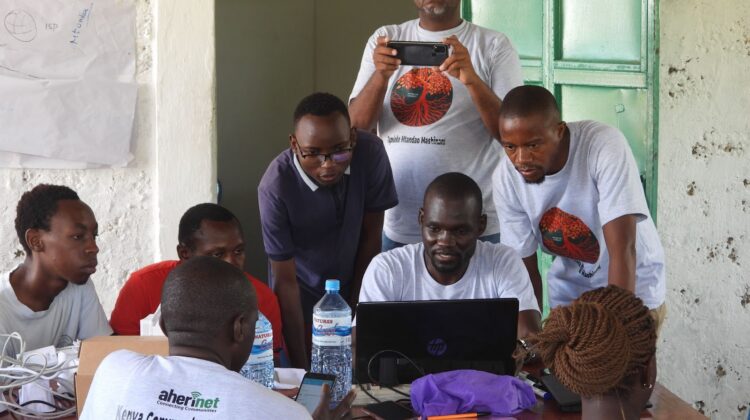
Unpupopular Opinion: Community Networks may not be necessary in some cases
The Mtandao Mashinani webinar series kicked off in May to promote the growth of community networks in Kenya by sharing best practices, experiences, and insights on how to establish and maintain successful networks in these areas. The webinars are designed around the themes of “for, by, and with the community,” highlighting the importance of community ownership and participation in community network development and ensuring that the webinars are tailored to the needs and interests of the communities we seek to serve.
In the first session of the webinar series we introduced to the concept of community networks and their potential to empower individuals and organizations to create their own network infrastructure. During the session, the foundational blocks of a community network were explored, along with unpacking what a community network is and is not.
Community Networks have gained significant attention in recent years as a way to connect the unconnected. The idea is simple: communities come together to build and operate their own communications infrastructure, whether that’s through Wi-Fi, mesh networks, or other technologies. These networks are often viewed as a great complementary model to traditional network infrastructure, particularly in areas where internet access is limited or non-existent. can provide affordable, reliable, and meaningful internet access to these communities to help bridge the digital divide.However, there are cases where Community Networks may not be necessary. One such case is if there is no community buy-in, then it will be difficult to establish and maintain a community network. Community Networks require active participation from community members, so without buy-in, the network will not thrive.
Another scenario where community networks may not be necessary is in urban areas that have a robust infrastructure. In these areas, the existing infrastructure may be enough to provide internet connectivity to the population, and the cost of establishing a community network may not be justifiable. However, it is important to note that even in urban areas with existing infrastructure, there may still be gaps in internet connectivity and affordability, particularly for marginalized communities. This is where community networks like Tanda CN and Oasis Mathare in urban areas come into play, as they provide a community-led approach to address these gaps and empower individuals and organizations to create their own network infrastructure.
Lastly, there are cases where security and reliability concerns may make a community network unsuitable. For example, a network that can be used to perpetrate terrorism or other illegal activities may pose a threat to the community and society at large. This could create a dangerous situation and could also lead to a negative perception of community networks.
While community networks are an important tool for connecting communities, it is essential to consider the above scenarios before embarking on a community network project. It is always important to ensure that the network will be sustainable and meet the needs of the community in question. By doing so, we can ensure that we are using the right tools and strategies to bridge the digital divide and connect more people to the internet.
Do you agree with the unpopular opinion that community networks may not be necessary in some cases?


